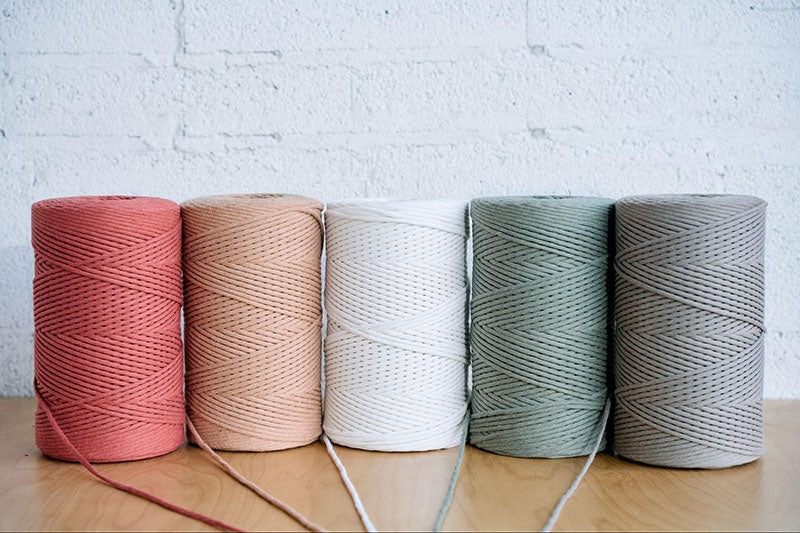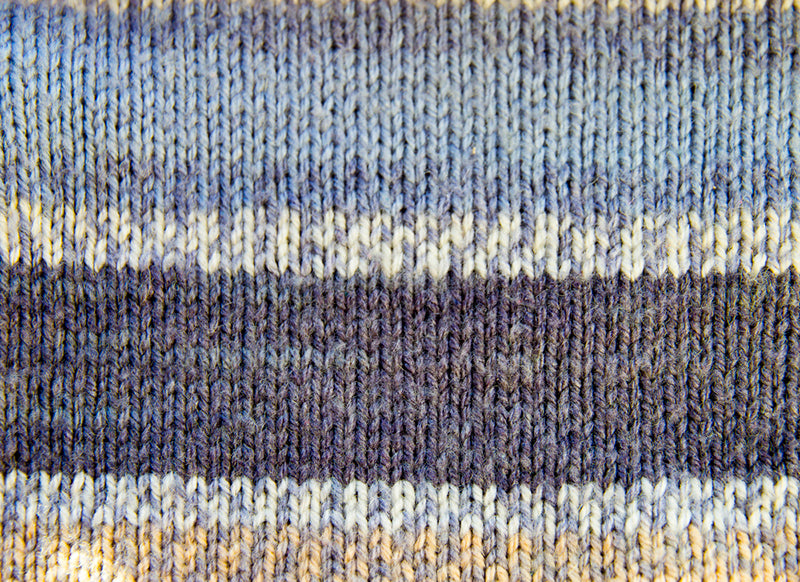Welcome to our guide to Tunisian crochet! If you’re new to this handicraft, don’t worry. We’ll cover everything you need to know to get started, including what supplies you need and how to do some basic stitches.
But first, let’s look at what Tunisian crochet is and explore how it differs from regular crocheting.
Table Of Contents
- What Is Tunisian Crochet?
- Supplies For Tunisian Crochet
- How To Tunisian Crochet
- 4 Basic Tunisian Crochet Stitches
- What To Make With Tunisian Crochet
What Is Tunisian Crochet?

Tunisian crochet, also known as Afghan crochet or Tricot crochet, is a type of needlework that combines elements of knitting and crocheting to create a dense, textured fabric.
This technique has a mysterious history. Given the name, you’d suspect it originated from Tunisia. However, it’s believed that the French were the first to apply that title to this type of handicraft.
Crochet publications published in the early 1800s showcased Tunsian crochet stitches, and the craft spread throughout the British Isles and Western Europe during the middle of that century.
Since then, Tunisian crochet has become popular worldwide. Crafters have created many stitch variations to create beautiful patterns.
Tunisian Crochet Vs. Regular Crochet
Although Tunisian and regular crochet are both types of needlework, a few differences set them apart.
- Tools: The biggest difference is the type of hook used. Tunisian crochet requires a longer hook with a stopper at the end or an attached cable. Regular crochet uses a standard crochet hook.
- Finished fabric: Tunisian crochet creates a thicker, denser material than regular crochet. It doesn’t have the classic “lacy” texture you might expect from crocheting.
- Stitches: With regular crochet, you work one stitch at a time. With Tunsian, you work a whole row in one direction and then go back the other way. That’s why the hook has to be so long; it holds an entire row of stitches.
- Speed: Once you get the hang of it, Tunsian crochet is faster than regular crochet.
Supplies For Tunisian Crochet

To get started with Tunisian crochet, you’ll need a few supplies:
- Tunisian crochet hooks (use one that’s two sizes larger than the recommended regular hook size on the yarn)
- Yarn in your desired color and weight (GANXXET has gorgeous options!)
- Scissors
- Tapestry needle
If you don’t have a Tunisian crochet hook, here’s a simple hack you can try. Take a regular crochet hook and wrap a rubber band around the end to act as a stopper.
Then, proceed with the directions below. However, since these hooks are shorter, this hack will only work for narrow projects like dishcloths or coasters.
But if you already have a set of crochet hooks, this is a simple way to try out Tunisian crochet and see if you like it before you invest in a special hook.
How To Tunisian Crochet
Once you gather your supplies, it’s time to try your hand at Tunisian crochet.
First, you’ll need to create a slip knot to get the yarn started. Then, create a foundation chain as with regular crocheting.
To make your chain, you’ll follow these steps:
- Yarn over
- Pull the yarn through the loop
- Make sure there’s one loop left on the hook
- Repeat to make as many chain stitches as you need
When you have enough chain stitches, it’s time to cast on.
Casting On
So far, Tunisian crochet has been just like regular crochet. Here’s where it gets different.
To cast on, you will do a forward pass and pick up all the stitches you need for the row, working from right to left.
- Insert your hook into the second chain
- Yarn over and pull up a loop
- Do not pull through the first loop on your hook; leave it on
- Repeat until you’ve worked every chain stitch
You should have several loops on your crochet hook, similar to what you would have in knitting. Add one more chain stitch to begin the transition to the next step.
Do not turn your work around.
Casting Off
It’s time to cast off or do a reverse pass. You move left to right in this step.
- Yarn over
- Draw through two loops
- Repeat until there’s only one loop on the hook
Congratulations, you just completed one row of Tunsian crochet. This is the foundation on which you’ll build all of your projects.
No matter what type of stitch you use, they all start with this first set of two passes. It creates the vertical bars you need to continue. If you struggled a bit to get to this point, take some time to unravel your work and try it again.
Each time you complete the process, it’ll get easier!
4 Basic Tunisian Crochet Stitches

Just like regular crochet, Tunisian crochet has different types of stitches. Here’s a quick look at four common ones.
1) Tunisian Simple Stitch
When you look at your first row, you’ll notice vertical bars. One is in the front, and the other is toward the back. You'll work through the front bar to make a Tunisian simple stitch (Tss).
Insert your hook from right to left, bringing your hook behind the vertical bar. Then, yarn over and draw your loop. Continue your forward pass as described above, being careful to always loop the front bar.
2) Twisted Tunisian Simple Stitch
The twTss stitch is practically the same as the simple stitch, with one key difference.
Instead of inserting your hook into the front vertical bar from right to left, you do it from left to right. At first, you may need to go really slow and isolate the stitch with your other hand to help guide the hook. Then yarn over and pull up a loop.
Here’s a quick video tutorial to help you master this stitch:
3) Tunisian Knit Stitch
This stitch is for you if you want to crochet something with a knitted look. The Tunisian knit stitch (Tks) works between the vertical bars. You’ll insert your hook through the center of the two bars and under the chain.
Then, you’ll yarn over and draw up a loop. Repeat this across the rest of the row, as explained in this video:
4) Tunisian Purl Stitch
The Tunisian purl stitch (Tps) looks like a purl stitch in knitting. It adds a neat design element to blankets or coasters.
You’ll work the back of the vertical bars to crochet this stitch. You can see how it’s done in this tutorial:
What To Make With Tunisian Crochet
Once you get the hang of Tunisian crochet, you can combine stitches to make unique designs.
Here are a few things you can create:
- Granny square
- Coasters
- Blankets
- Scarves
- Shawls
- Dishcloths
- Beanies
- Sunglass cases
- Scrubbies
- Sweaters
- Bags
- Holiday decor
As you can see, there are plenty of possibilities for both decorative and functional items.
Crochet Something Beautiful With GANXXET

Tunisian crochet is a fascinating craft that bridges the gap between traditional crochet and knitting. Whether you’re a beginner or a seasoned pro, there’s always something new to learn and create with this handicraft.
And remember, every great project starts with the best materials. GANXXET provides high-quality yarns that are ideal for Tunisian crochet (and other crafts). Our eco-friendly range of cotton, linen, and bamboo yarn will help you create beautiful, durable projects.
Browse our Knitting and Crochet collection and select the yarn you need for your next project. Happy crocheting!












